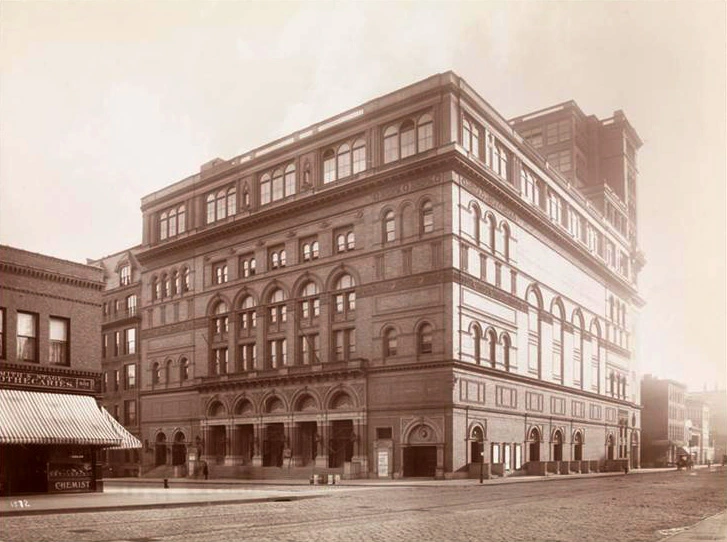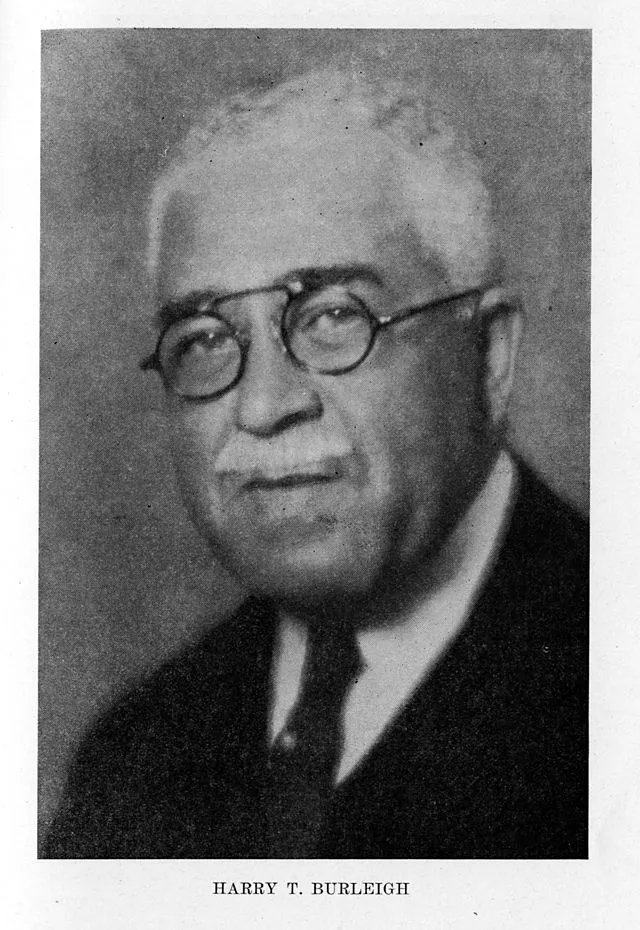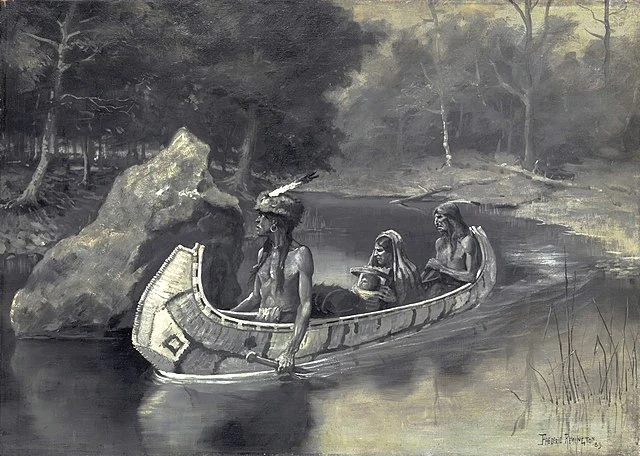
July 11, 2024
From the New World: The Country That Inspired a Symphony and the Symphony That Inspired a Country
Photo in cover: Dvořák's 9th Symphony premiered at Carnegie Hall on December 16, 1893
See Dvořák’s Symphony No. 9, From the New World on October 4, 5, and 6 in an all-Czech program kicking off the 2024–2025 season and the Bohemian Rhapsody Festival.
From the New World: The Country That Inspired a Symphony and the Symphony That Inspired a Country
Antonín Dvořák's time on American soil amounted to one of the most fruitful creative endeavors in the history of Western classical music. The Czech composer pulled influences from the cultures around him, and in turn, had a lasting impact on what we view as “American” music.
Dvořák set sail for New York in 1892 to assume the directorship of the National Conservatory of Music of America, which had been founded to help cultivate American music. This was the same year Ellis Island began processing immigrants to the United States. It was when the Pledge of Allegiance was first recited in classrooms. It was also the year Homer Plessy boarded a “Whites Only” car of the East Louisiana Railroad. The subsequent Supreme Court case of Plessy v. Ferguson legitimized racial segregation and created a legal basis for enforcing Jim Crow laws into the 1960s.
It was in this environment that Dvořák wrote his famous Symphony No. 9, “From the New World.” As an outsider, Dvořák could see a key element of an American sound previously ignored: that music in the United States was built largely by the very people the country persecuted. From Black spirituals to the singing and percussion of Native American music, Dvořák saw American music not as an extension of the European tradition, but as a unique art form that originated from within.
Lord, help us all from bondage flee

With its pentatonic scales and syncopated rhythms, Dvořák saw spirituals as the basis for a new American music. The use of folk tunes was widely accepted across Europe in even the most “serious” orchestral music, an idea that had not been applied to American concert halls. Dvořák was mainly introduced to spirituals by his African American students at the National Conservatory. He told the New York Herald:
“I am now satisfied that the future music of this country must be founded upon what are called the negro melodies...They are the songs of America and your composers must turn to them. In the negro melodies…I discover all that is needed for a great and noble school of music. They are heartbreaking, tender, passionate, melancholy, solemn, religious, bold, merry, gay, gracious or what you will.
It is music that suits itself to any mood or purpose. There is nothing in the whole range of composition that cannot find a thematic source here.”
Dvořák claimed not to have used specific melodies from American songs in the New World Symphony: “It is merely the spirit of Negro and Indian melodies which I have tried to reproduce in my new symphony. I have not actually used any of the melodies”. Still, in the symphony’s first movement, we encounter a theme played by the flute with a striking similarity to the spiritual, Swing Low, Sweet Chariot. Harry Burleigh, a baritone student who would become an important composer in his own right, is widely credited with introducing Dvořák to spirituals. Of this theme, Burleigh said, “Dvořák of course used Swing Low, Sweet Chariot. It was not an accident. He did it quite consciously. He tried to combine Black and Native American themes.” Whether deliberate or not, the similarities of the two themes are unmistakable.
The heart giveth grace unto every art

While in New York, Dvořák studied what he believed to be Native American ritual music. However, what he most likely familiarized himself with was music written by non-Native American composers in the style of indigenous music.
The Song of Hiawatha by American poet Henry Wadsworth Longfellow heavily influenced the New World Symphony, particularly the inner two movements. Dvořák would have been familiar with the Czech translation while still in Prague and would have had access to the original English version in New York. The famous English horn theme from the symphony’s Largo has been compared to the legendary Native American chief, Hiawatha, traversing the American landscape with his wife, Minnehaha, while the movement’s central episode is thought to depict the scene of Minnehaha’s woodland burial. Dvořák told the New York Herald the third movement scherzo “was suggested by the scene of the feast where the Indians dance,” from Hiawatha’s wedding scene. The jaunty woodwinds of this movement portray the dance of the magician Pau-Puk-Keewis:
Then along the sandy margin
Of the lake, the Big-Sea-Water,
On he sped with frenzied gestures,
Stamped upon the sand, and tossed it
Wildly in the air around him;
Till the wind became a whirlwind,
Till the sand was blown and sifted
Like great snowdrifts o’er the landscape,
Heaping all the shores with Sand Dunes,
Sand Hills of the Nagow Wudjoo!
Even with Dvořák’s explicit reference to “the Indian dance,” it’s worth noting the startling, timpani-driven opening of this scherzo seems to be a direct reference to another famous ninth symphony, that of Beethoven. Even with its American influences, this is still a work by a European composer on American soil. The New World Symphony is not an American work but not necessarily a Czech work either. Dvořák created something genuinely uniting. If music is truly a universal language, Dvořák’s fluency is on full display in his Ninth Symphony.
Through an open door

Dvořák’s contributions to American music were in many ways carried out by his former students at the National Conservatory. William Arms Fisher studied under Dvořák and would go on to engrave the Largo’s nostalgic English horn theme into American popular music by adding lyrics to the melody, creating a hymn titled, “Goin’ Home.”
Goin' home, goin' home, I'm a goin' home;
Quiet-like, some still day, I'm jes' goin' home.
It's not far, jes' close by,
Through an open door;
Work all done, care laid by,
Goin' to fear no more.
Mother's there 'spectin' me,
Father's waitin' too;
Lots o' folk gather'd there,
All the friends I knew
We can see Dvořák’s symphony coming full circle: It was inspired in large part by spirituals and wound up in American hymn books as a spiritual of its own.
Progress and Problems
Dvořák’s output of American-influenced music does not stop with From the New World.
He wrote his American Suite for both solo piano and orchestra, and his beloved String Quartet No. 12 is known as the American Quartet. Of such pieces, Dvořák claimed, "I should never have written these works 'just so' if I hadn't seen America."
Silkroad Ensemble, Yo-Yo Ma - Going Home ft. Abigail Washburn
These pieces laid the groundwork for future American composers, particularly George Gershwin, who incorporated jazz into orchestral works, and Aaron Copland, whose compositions were widely influenced by American folk music.
African American composers, including William Grant Still, Florence Price, and William Dawson would later create symphonies inspired by Black culture. This was in some ways a continuation of Dvořák’s example.
Still, Dvořák’s proclamation that African American culture should be the foundation for American classical music was met with harsh criticism and racist attitudes by American composers and music critics.
African American influence would grow in popularity through jazz, rock and roll, and hip-hop, becoming integral to American popular music. But the concert hall would remain a different story. Dvořák saw in the United States a tapestry of cultures on which to construct a uniquely American sound. Only by uniting these voices can his vision be realized.

Join the Houston Symphony as we kick off the 2024–2025 season with Dvořák’s masterpiece in the newly renovated Jones Hall on October 4, 5, and 6. These opening weekend performances also feature Bryce Dessner’s Dvořák-inspired Mari (Sat/Sun only) and Martinů’s triumphant Czech Rhapsody, featuring the leading baritone of the National Opera in Prague, Svatopluk Sem.
See the Houston Symphony's 24-25 Classical Season Trailer, featuring the finale of Dvořák’s 9th Symphony.






